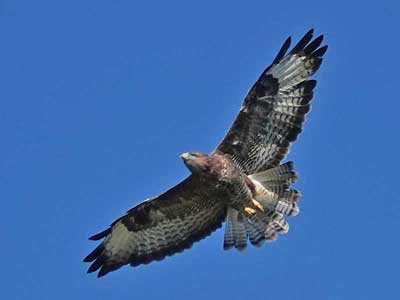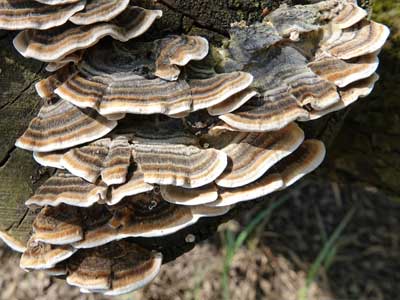Nature's Calendar

All Year Round

Although most plants flower at a particular time of year, usually in the spring or summer when there are there are more insects about for those that need insects to pollinate them, some can be found in flower at any time of the year. Among these are Daisy, Dandelion, Gorse and Red Dead-nettle, all of which can be found throughout the Park.

Many bird species are resident in the Park and can be spotted at any time of the year. Buzzards are often seen soaring above the valley and Kestrels are quite often spotted hovering while they hunt for prey. Of the larger water birds, Swans, Herons and Grey Lag Geese are all common around the Park all year, as are Mallard, Coot and Moorhen. Many land birds are resident and among the more familiar are Blackbird, Robin, Blue Tit, Great Tit, Goldfinch, Wren and Magpie. Quite how the Wren manages to survive the winter is hard to imagine as small birds lose heat more quickly than larger birds. Maybe they are benefitting from global warming?

King Alfred’s Cakes is a fungus that can be found at any time of year, so-called because they look like the cakes King Alfred is reputed to have burnt. Another name for them is Cramp Balls, as they were said to cure cramp! Some bracket fungi, such as Birch Polypore and Turkey-tail, survive for most of the year, although older specimens can fade and lose their sharper colouring.

Lichen can be found all year although they become dormant in the winter months. Even in the summer they grow extremely slowly and can live to a great age. Some lichen are sensitive to pollution so can be a good indicator of air quality.

